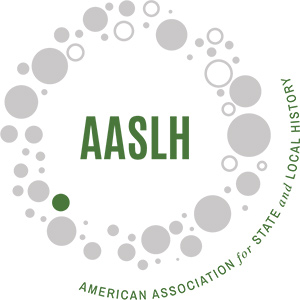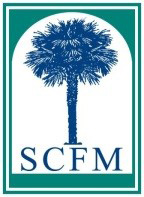The Lower Cherokee Town of Esseneca was built on both sides of the Keowee River, now Lake Hartwell. In 1775, naturalist William Bartram described the village and its size in detail, including “the number of inhabitants is now estimated at about five hundred, and they are able to muster about one hundred warriors.”
After the Revolutionary War, the former South Carolina Cherokee lands were being developed, and the first Hopewell-Keowee Church opened in 1791. Rev. James McElhenney of Johns Island served as the Presbyterian minister from 1803-1812, living in a four-room house known as Clergy Hall in the summers and fall. At this time, only 12 white men owned more enslaved persons than McElhenney did in the Pendleton District.
In 1810, 25 enslaved African Americans lived with Rev. McElhenney, his wife, Susannah Wilkinson, and their family at Clergy Hall. Prior to her marriage to McElhenney in 1800, Susannah had already inherited enslaved persons from her father’s and first husband’s estates, including Juda, “Little Bella,” Coelia and their children, Hannah, “Cook Bella,” Murriah, Willoughby and “old Dyla.”
After Rev. McElhenney’s death, Floride Bonneau Colhoun, the widow of U.S. Sen. John Ewing Colhoun Sr., took ownership of the 600-acre property known as Clergy Hall. Previously, Colhoun had built a neighboring plantation known as Keowee Heights, and, in 1800, there were 103 enslaved African Americans forced to labor there. At his death in 1802, the enslaved communities at Keowee Heights and Colhoun’s other plantations were divided between his widow and surviving children, including his 10-year-old daughter Floride, the future wife of John C. Calhoun.
When Calhoun became vice president of the United States in 1825, Clergy Hall transitioned into a 14-room dwelling house on the 19th-century plantation. Based on Census records, in 1830, there were 37 enslaved persons at Fort Hill, and, by 1840, there were 69 enslaved persons there. The summer after Calhoun’s death in 1850, there were 75 enslaved persons.
Captions:
Image 1: Early Sketch of Clergy Hall
Image 2: 1810 US Census records with Rev. James McElhenney highlighted
Image 3: Fort Hill plantation topographical map
Image 4: John Ewing Colhoun Sr.’s will

















